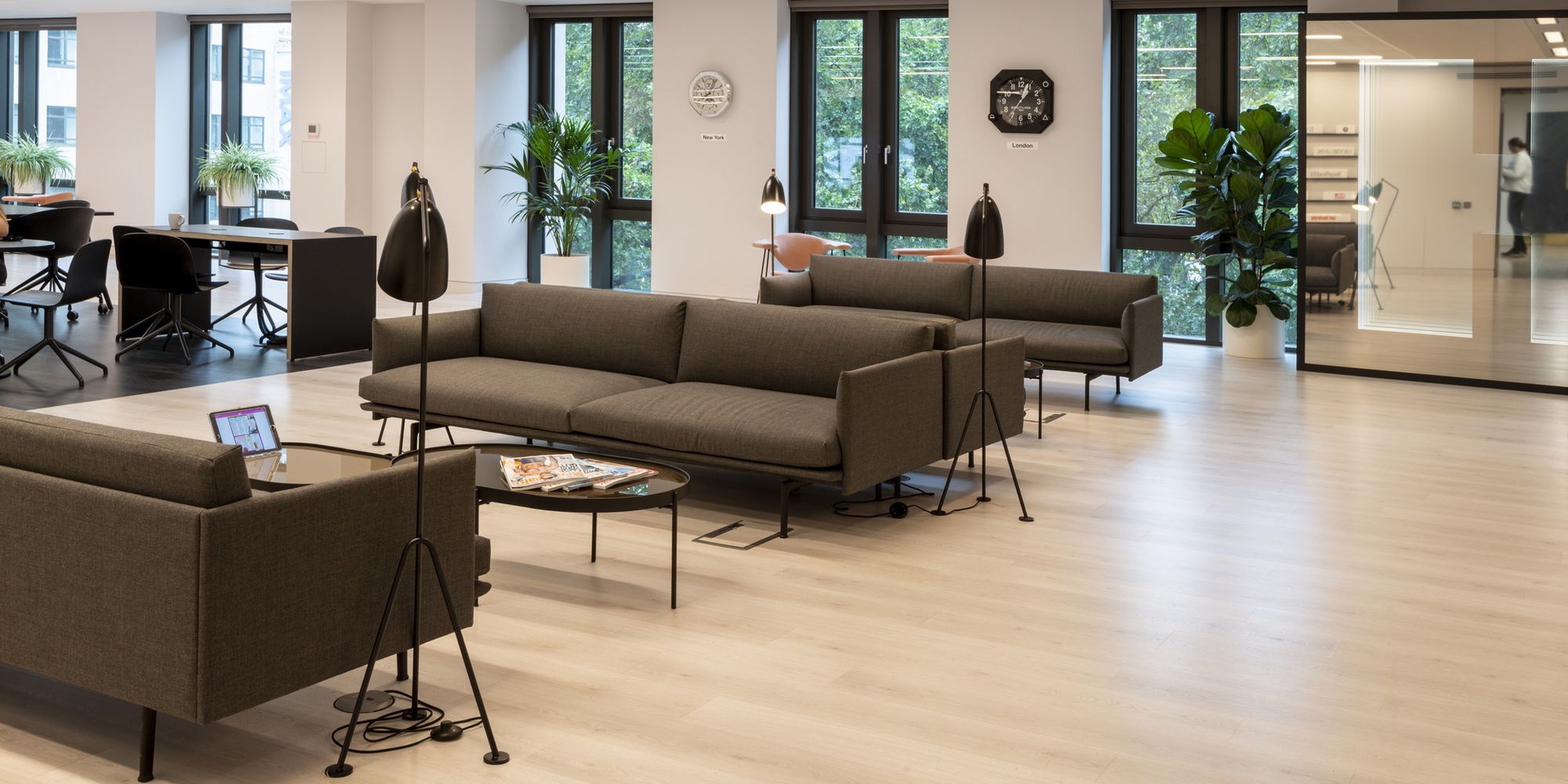
Mood-Based Design
A look at mood-based design and how it can be used to improve your workplace, influencing productivity, creativity, stress levels and emotions.
How are you feeling today? In this blog we’ll be exploring the trend for mood-based design, which is becoming more and more popular. In a recent exhibition at Milan design week, Google teamed up with scientists from John Hopkins University and architect Suchi Reddy to make “A Space for Being”. The show consisted of three different rooms, each of which was designed according to neuroaesthetic principles (the science of how aesthetics affect our psychology), in order to demonstrate how interior design can change our mood and wellbeing. “What you choose to surround yourself with,” says Ivy Ross, Google’s vice president for hardware design, “affects your wellbeing and your body, and the fact that neuroscience is now proving that is thrilling to us.”
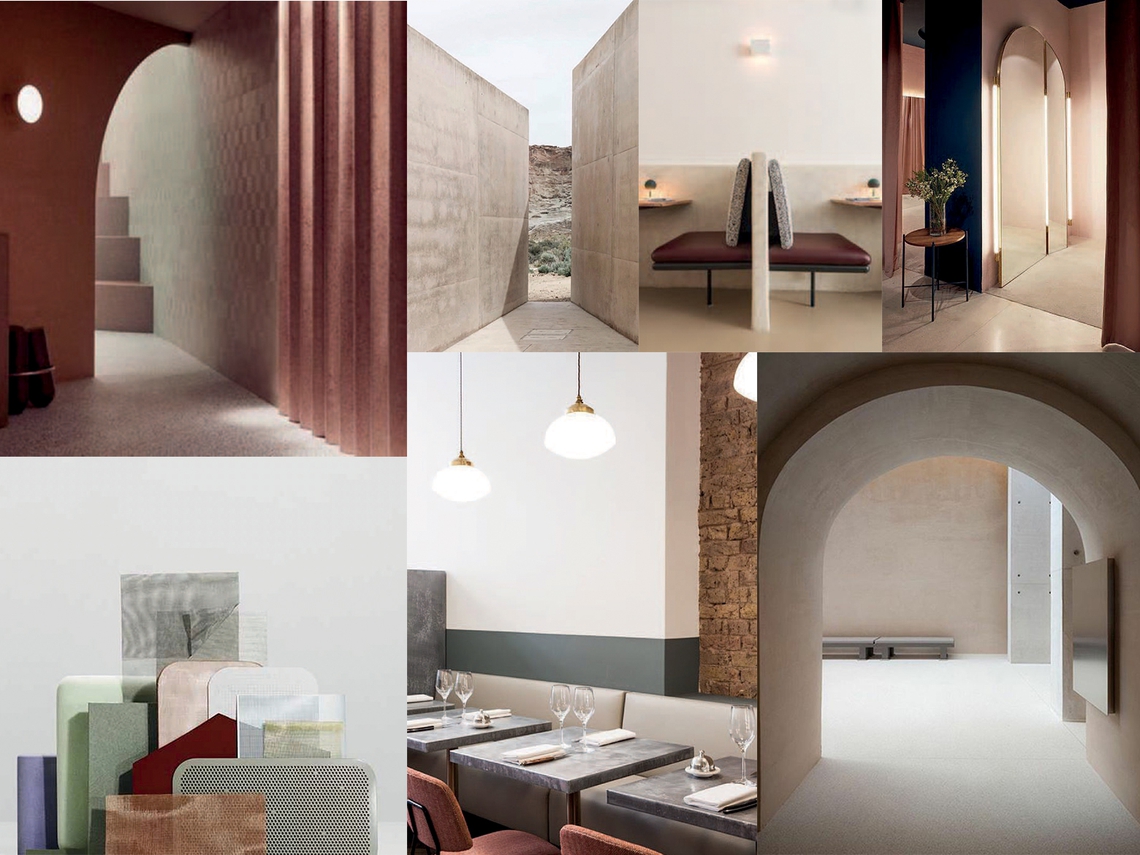
The show consisted of three different rooms, each of which was designed according to neuroaesthetic principles (the science of how aesthetics affect our psychology), in order to demonstrate how interior design can change our mood and wellbeing. “What you choose to surround yourself with,” says Ivy Ross, Google’s vice president for hardware design, “affects your wellbeing and your body, and the fact that neuroscience is now proving that is thrilling to us.” So with that in mind, we’re going to look at three ways in which mood-based design can be used to improve your home or workplace.
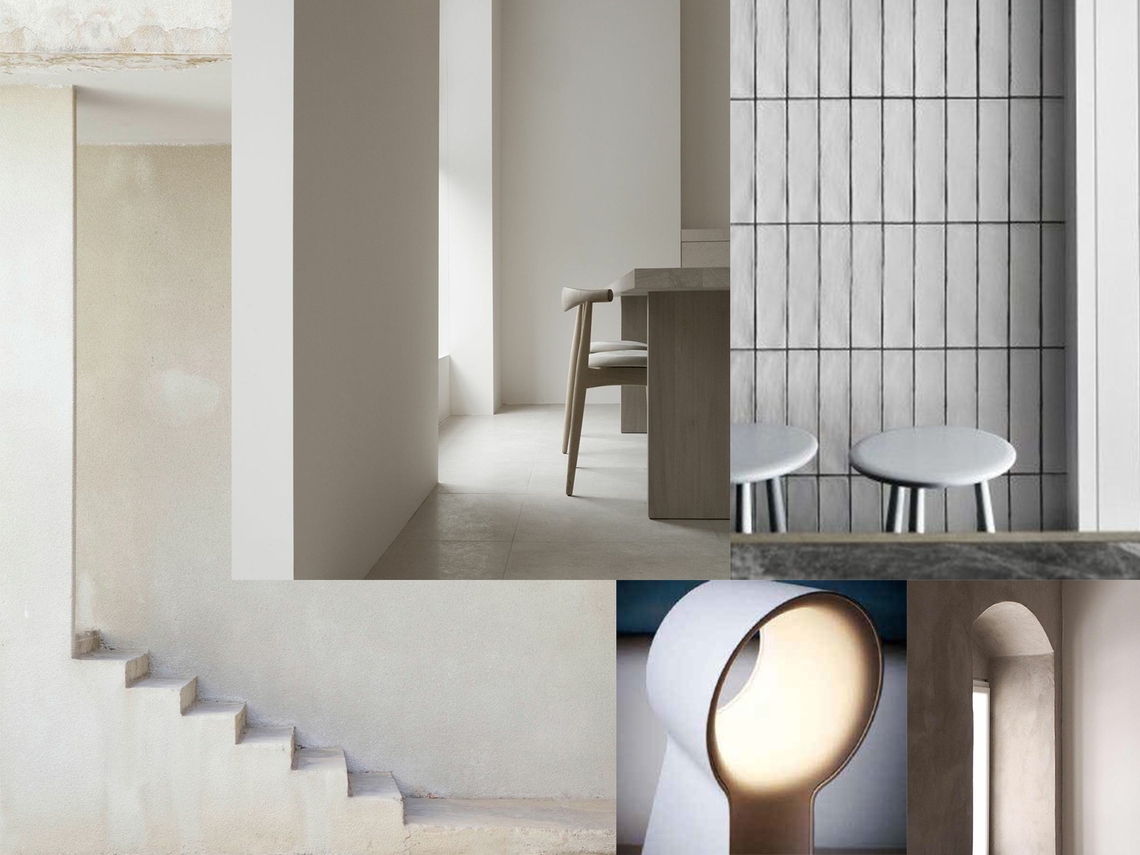
Sparking Joy
Marie Kondo, author of the international bestseller The Life-Changing Magic of Tidying Up and star of her own Netflix show Tidying Up with Marie Kondo, became famous by asking one simple question: Does it spark joy in your heart? According to Kondo, you should ask yourself this about every non-essential object in your life and throw out anything that doesn’t. “Hold each item in your hands, as close to your heart as possible,” she suggests. “And then, pay close attention to how your body responds. When something sparks joy, you should feel a little thrill running through your body, as if your body is somehow slowly rising up to meet the item, embracing it even.”
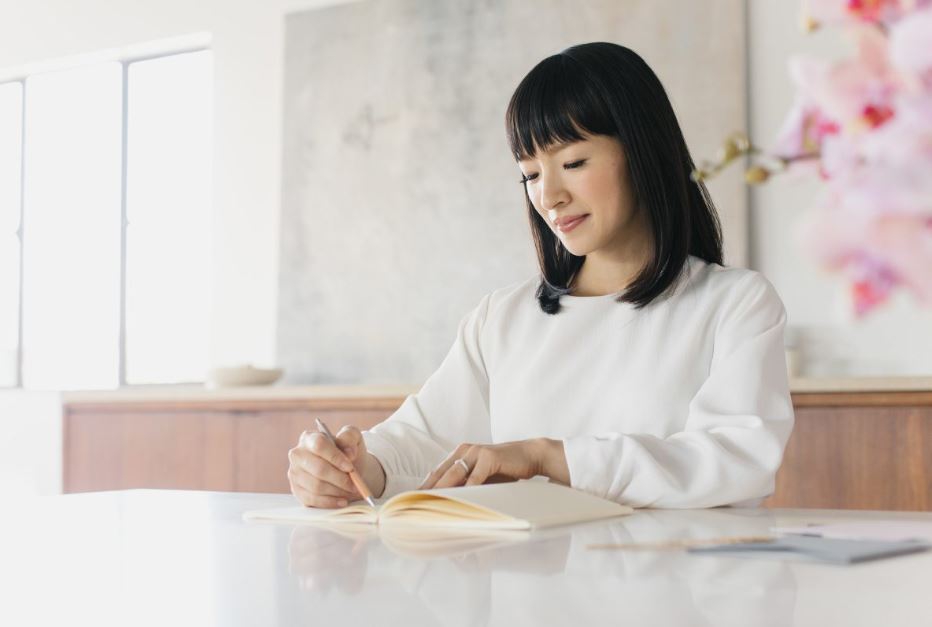
What she’s talking about essentially, is emotional wellbeing. By paying more attention to how your surroundings affect your mood, you can begin to discern what kinds of colours, lighting, scents and sounds make you feel most comfortable and help you to perform at your best. It all starts with simply paying more attention. And if you’d like to read more about Marie Kondo, we covered her in more detail in a previous blog.
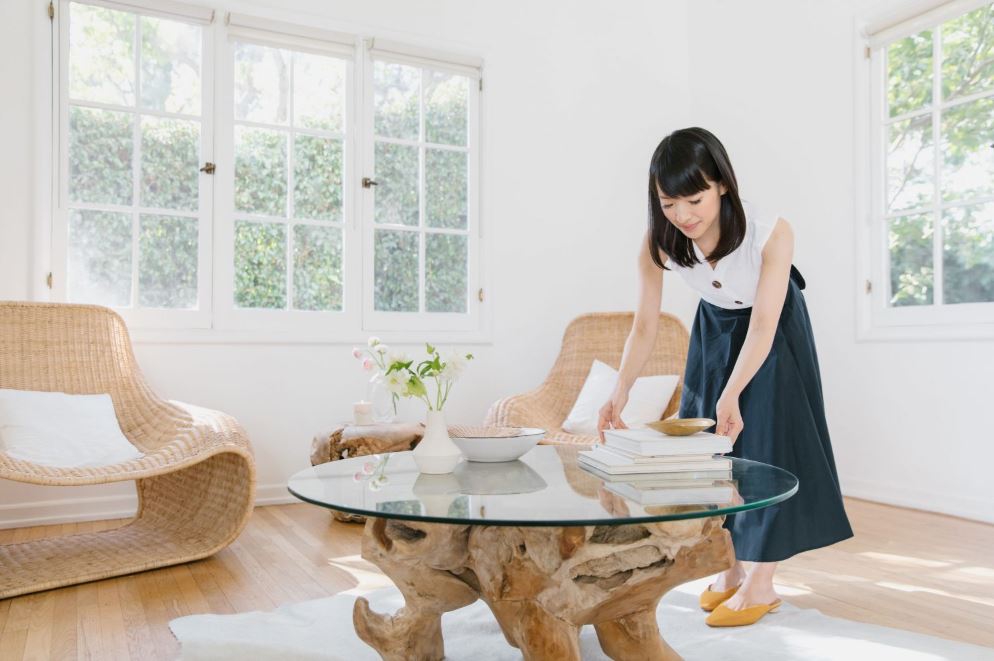
Warm and Cold Colours
Colours can influence your productivity, your creativity, your stress levels, your focus, your emotions—everything. In another recent blog, we investigated the psychological effects of colour in the workplace by looking at the history of the highly influential early-20th century German art and design school the Bauhaus. It was there at the Bauhaus that the Swiss painter Johannes Itten laid the foundations of modern colour theory and began studying the psychological effects of different colours. Among other things, he was one of the first to develop the idea of warm colours and cool colours.
Warm colours like orange and yellow are thought to inspire joy, optimism and energy. The first room of Google’s “A Space for Being”, which was titled “Essential”, featured warm and earthy tones and soft furniture and lighting and was designed to be womb-like and comforting.
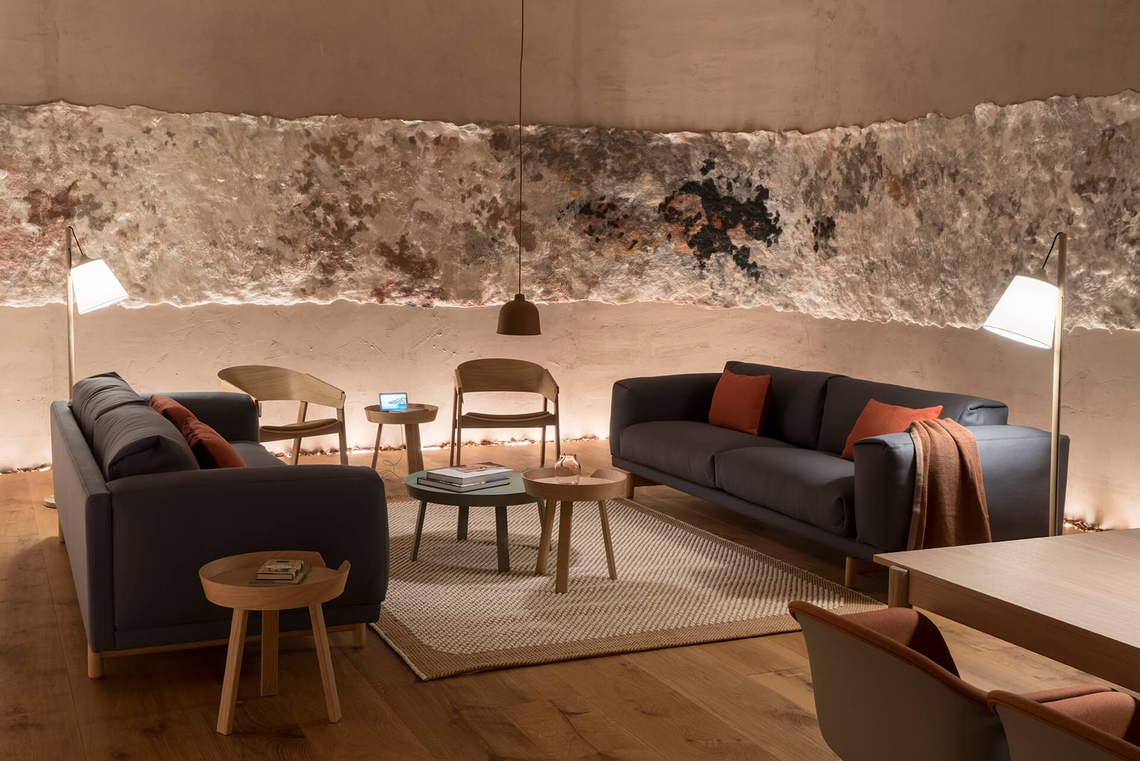
The next, “Vital”, featured more vibrant warm colours and bright beams of light, creating a more energizing and playful effect.
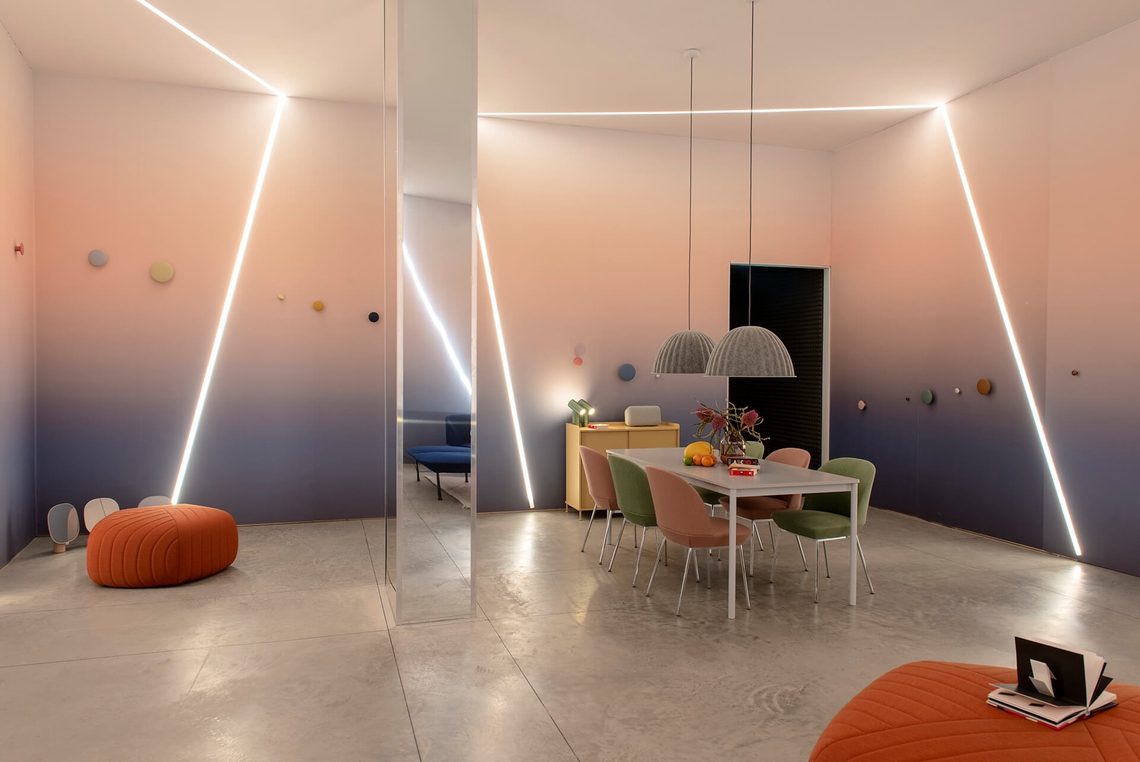
The last room, “Transformative”, featured more muted natural tones of steel and wood and leather in order to create a cooler effect. Shades of green and blue are also thought of as cool colours. They bring the natural world of meadows and rivers and lakes to mind and help you to relax. The colour blue, for instance, helps to slow down your breathing and lower your blood pressure, so it’s great for reducing stress at work. Having office plants and views of natural landscapes also has a beneficial effect on our moods of course: not only do indoor plants improve air quality, they can also reduce the number of sick days and raise productivity.
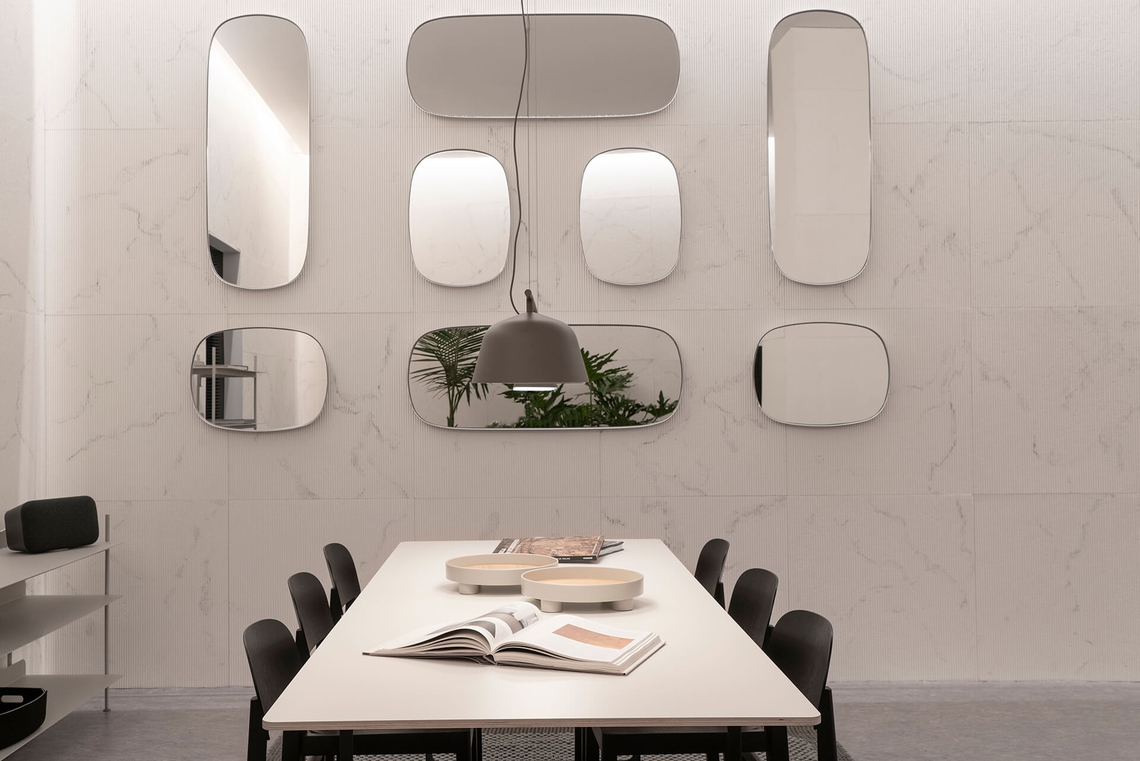
Furniture Design
Good furniture is essential. Having well designed surroundings and perhaps some good artwork on the walls can really inspire us to new heights. They can change the way we see the world and push us to do better. Lighting makes a huge difference as well; and with the availability of Bluetooth-connected smart lightbulbs that you can control from your phone, it’s now possible to change your lighting from warm to cool and back again without ever getting up from your desk. Of course there’s no such thing as the right colour for an office. Different things spark joy in different people. But by installing lighting that can change colour to create different moods and suit different people, you’ll be prepared for anything.
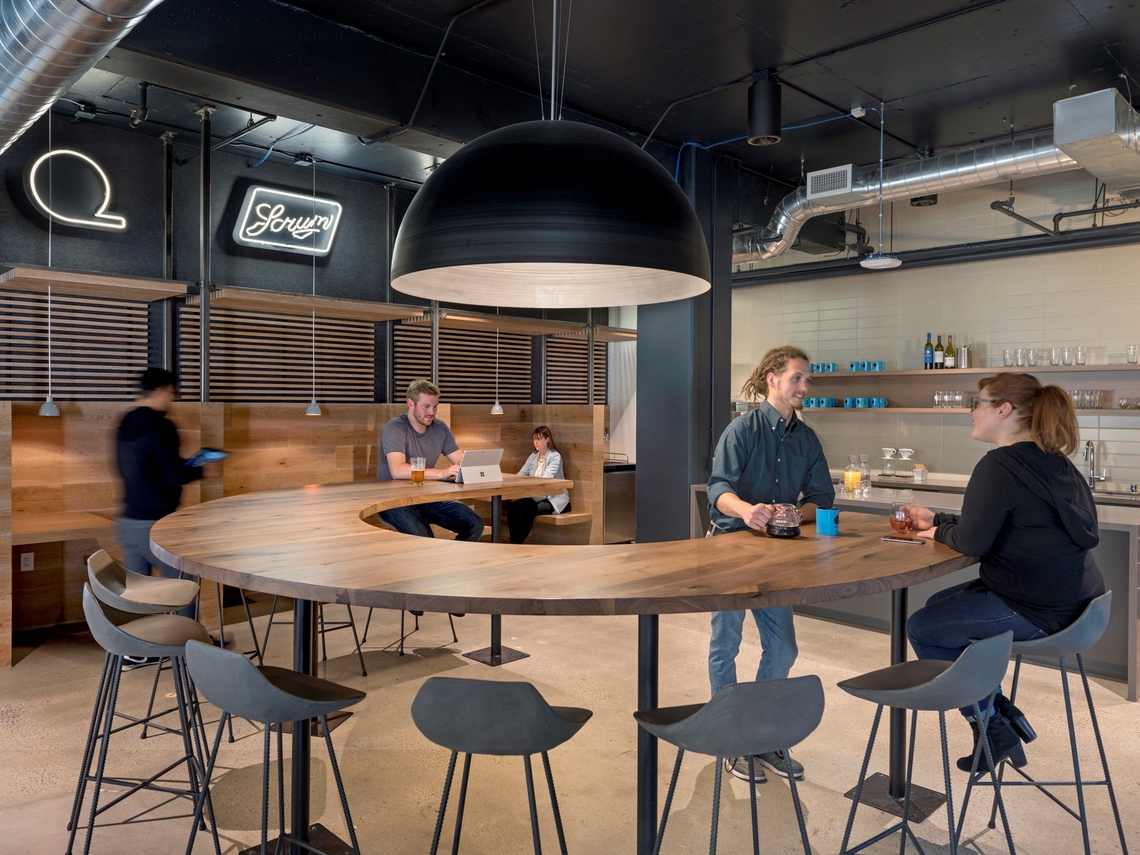
In the words of Suchi Reddy, “A Space for Being’s” lead architect, “Once you can really understand what thoughtful design and architecture does to you, you can see that it’s not just a status symbol of who you are in the world. You can change your environment, and you can create spaces that suit your needs, and that’s a conscious decision.”
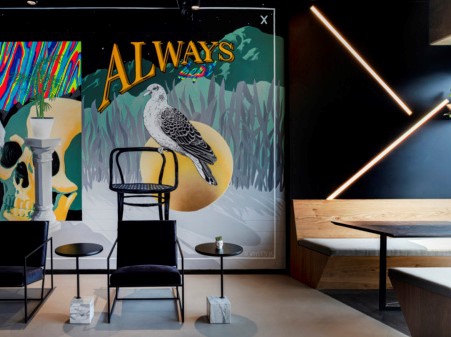
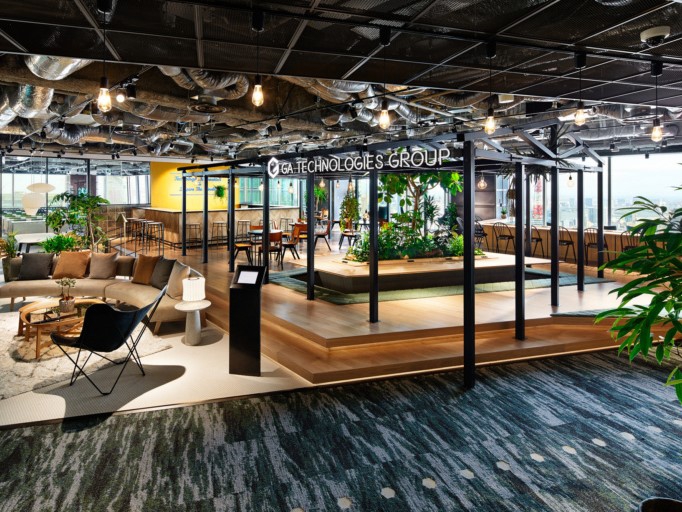
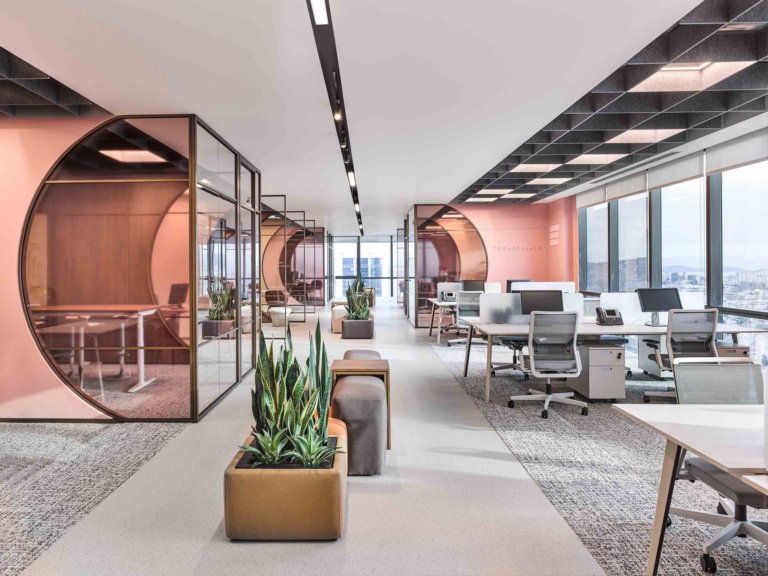


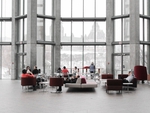

One Digital a récemment déménagé dans ses nouveaux bureaux à Irvine en Californie. Un espace qui revendique une large v…
SERVICES FINANCIERS
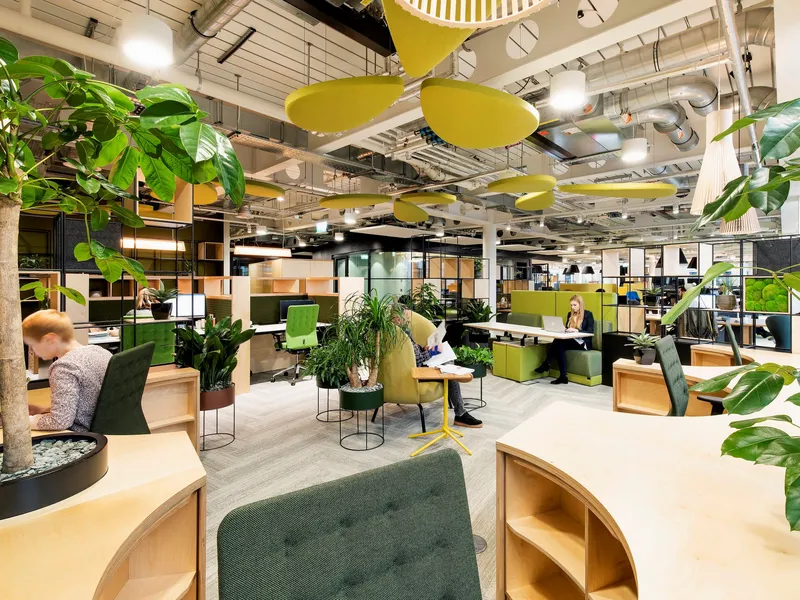
Fournisseur international d'espaces de travail, HB Reavis a récemment déménagé dans son nouveau siège social pour le Ro…
IMMOBILIER
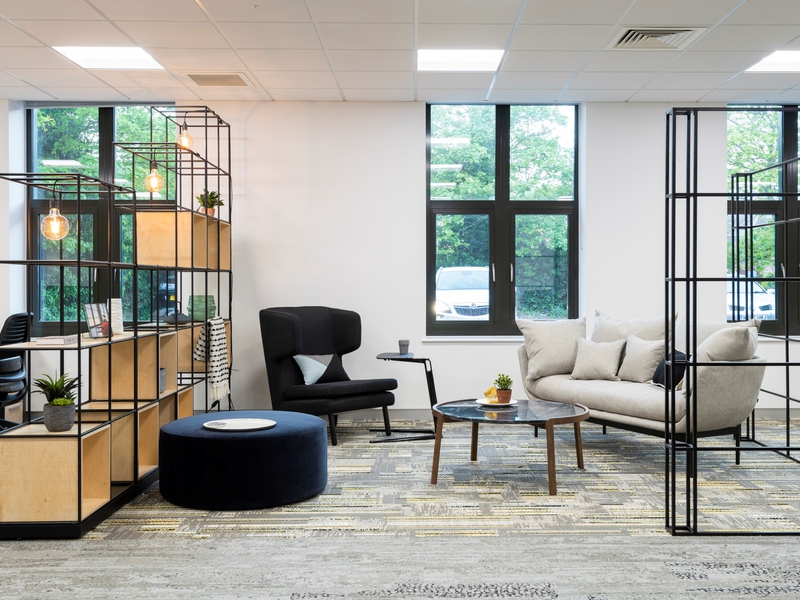
Pour leur nouveau siège social à Beaconsfield, Inland Homes a travaillé avec Hunts Office pour créer un espace de trava…
IMMOBILIER